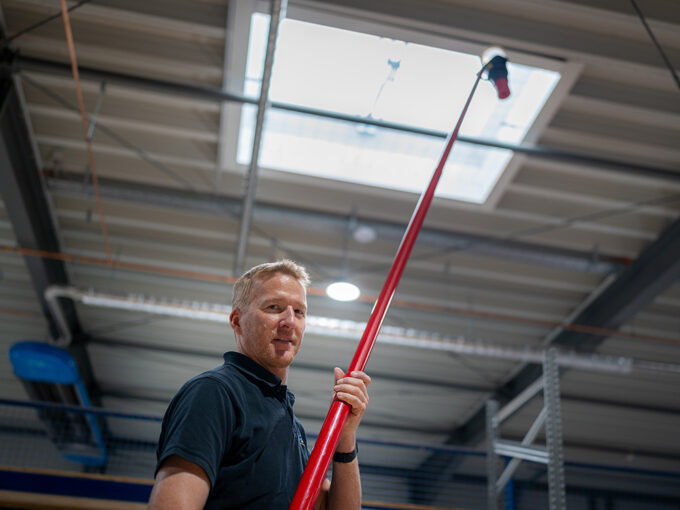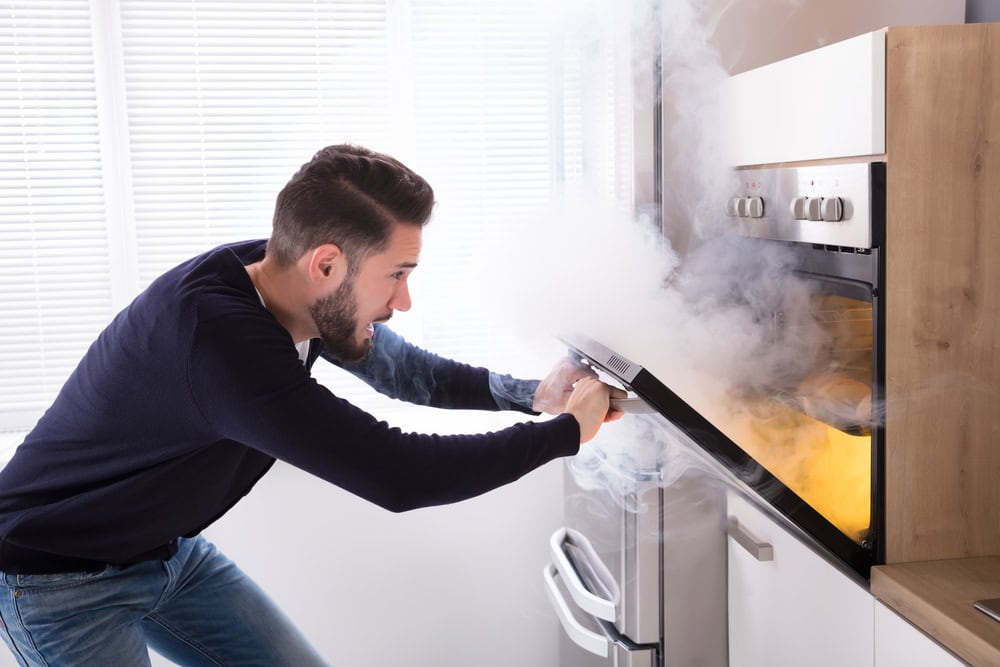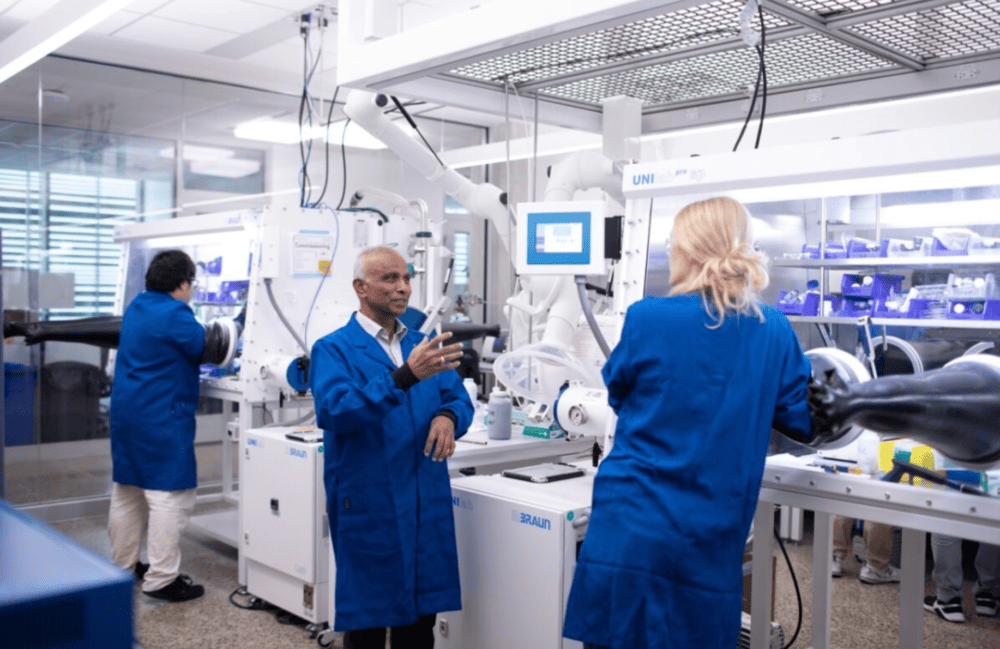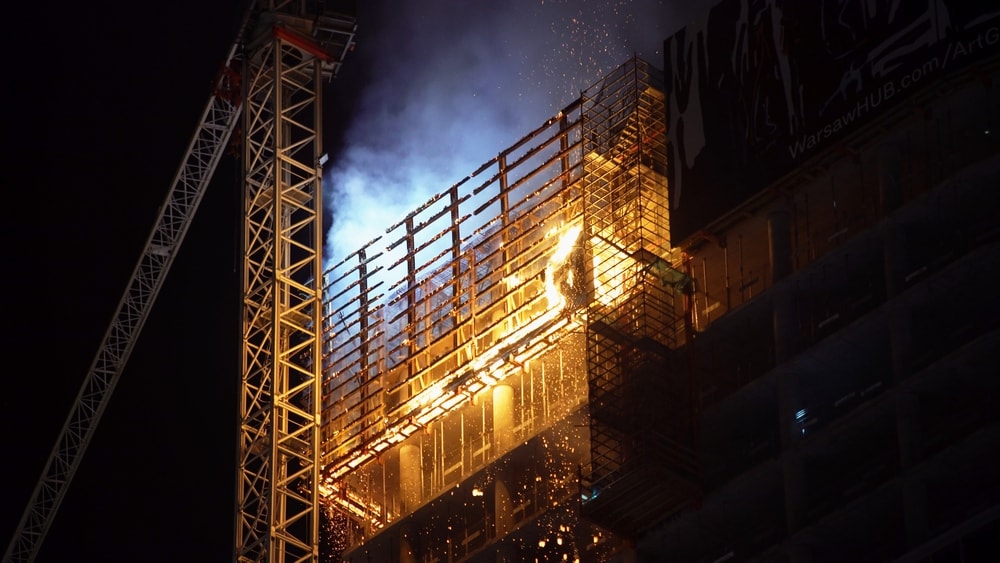Fire alarm systems: high defect rate in special buildings
A good one in five fire alarm systems and one in four smoke extraction systems have significant defects. Across all system types, this is the highest defect rate in years. High complexity and increasing digitalization make fire protection systems more susceptible to faults, according to the "Building Law Report 2023".

The TÜV Association warns of deficits in the fire protection of important building types in view of high defect rates in safety-relevant building technology. These so-called special buildings include high-rise buildings, accommodation facilities such as hotels or youth hostels, educational institutions (schools, daycare centers) or even clinics and care facilities. Their electrical and building technology, such as fire alarm systems, smoke and heat extraction systems, ventilation systems or safety lighting, which are important for fire protection, must be regularly inspected by independent experts.
Across all system types, a good one in four systems were found to have "significant defects" in 2022 (26.5%), according to the TÜV press release. This is an increase of 0.6 points compared to the previous year and the highest value since the TÜV association first published the "Building Code Report" ten years ago. Compared to 2017, the defect rate has risen by 3.7 points.
Significant defects
A further 45 percent of the systems had "minor defects" and only 28.5 percent were "defect-free", the report also states. "Fire protection in Germany is at a high level. Nevertheless, the trend in safety technology deficiencies has been negative for several years," said Joachim Bühler, Managing Director of the TÜV Association, at the presentation of the "TÜV Building Law Report 2023". The defect rates for seven out of nine system types had increased compared to the previous year. At 22.1 percent, a good one in five fire alarm systems (up 0.4 points), at 26.7 percent a good one in four smoke and heat extraction systems (up 1.0 point) and at 34.6 percent even a good one in three ventilation systems (up 0.5 points) were found to have "significant defects", according to the report. In this case, the systems would not receive a test certificate. Depending on the risk, the defects must be rectified immediately or within a reasonable period of time, according to the report.
The causes
The TÜV association identifies various reasons for the rising defect rates: These include the increasing complexity of building technology, increasing digitalization, time and cost pressure on construction sites and, last but not least, the shortage of skilled workers. At the same time, building contractors have to take into account numerous requirements from different areas of law. "Building technology is becoming increasingly complex and digital, which makes it more susceptible to faults," says Bühler. In the event of a fire, individual components such as fire alarms, smoke extraction, ventilation and emergency lighting have to communicate smoothly with each other. This can cause problems even before commissioning, as the systems sometimes have to be installed and coordinated by different trades and specialist companies. But there are also frequent disruptions during operation. "Increasing fire protection requirements and more complex technology are coming up against a growing shortage of skilled workers and intense time and cost pressure on construction sites," emphasized Bühler. For new buildings, builders should contact the experts at an early stage in the planning phase. Improvements could be brought about by more digital construction planning, which would make it easier for the trades involved to coordinate their respective systems. "But politicians also have a role to play," said Bühler. "Regulations from different areas of law should be brought together and simplified without compromising on safety."
Owners should invest more in maintenance
The current building law report looks at other safety-relevant systems for fire protection. Last year, the experts from the TÜV organizations found significant defects in 26.3% of fire extinguishing and sprinkler systems (up 0.4 points). The largest increase in the defect rate, up 3.3 points, was recorded in high-voltage electrical systems at 19.5 percent. According to the figures, the proportion of alarm systems rose by 0.5 points to 28.4% and CO warning systems by 1.3 points to 14.0%. CO alarms are particularly relevant in parking garages and underground garages. According to the report, there were slight improvements in the defect rates only for safety lighting systems, which fell by 0.3 points to 24.2%, and for safety power supplies ("emergency power generators"), which fell by 0.1 points to 26.3%. Bühler: "Building owners and operators are called upon to invest more in the maintenance and servicing of safety technology in order to be as well prepared as possible in the event of a fire."









